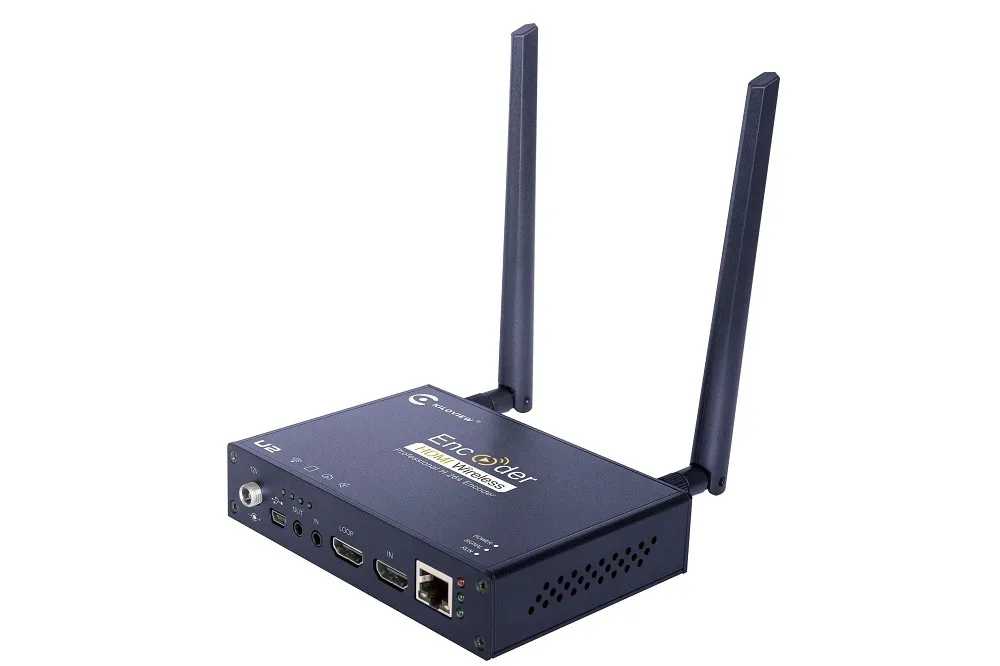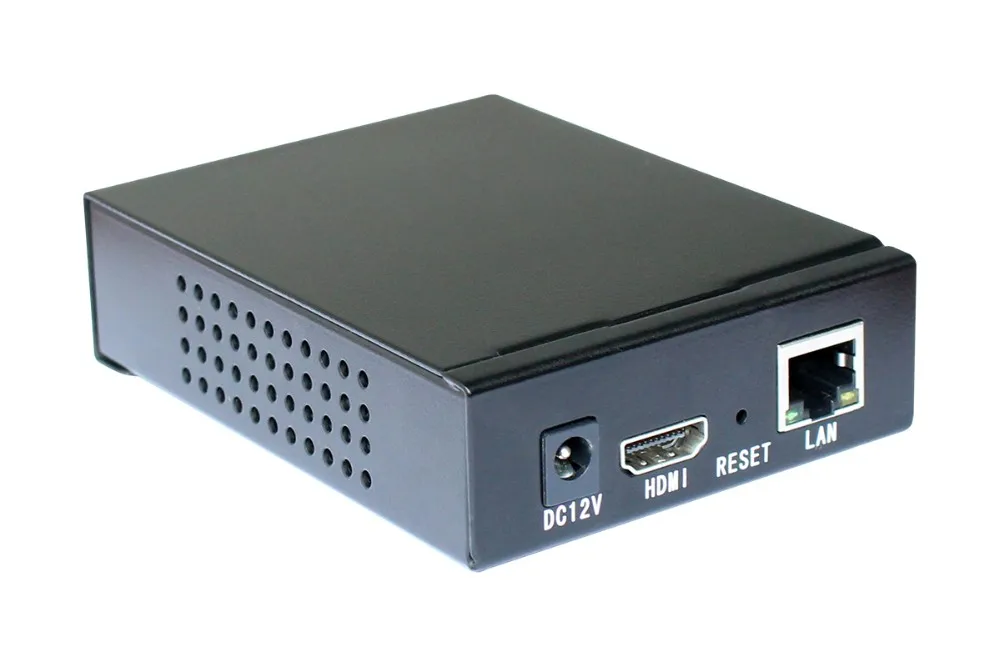Description
Details
In case of RTSP cameras and ONVIF cameras there are more possibilities to adjust the image. The difference between the RTSP camera and the ONVIF camera is the following: the RTSP camera has only one stream but the ONVIF camera can have multiple streams at a time. When trying to access the streams via my ONVIF NVR, you software does not retrieve the streaming profiles. ONVIF Device Manager v2.2.250 has no trouble retrieving the streaming profiles. The ONVIF Device Manager software finds profiles with the following URLs: There are 3 additional channels. Albumstomp 1 39 – a powerful album design app. I still don't have the 2.7 version of the viewer on.
Our HDMI to IP Encoder allows you to take an HDMI output from any 1080P video source and encode it to stream over the network. The video stream can be viewed over the network on a computer, record to one of our DVR recorders, or upload the stream to YouTube. Setup is easy by connecting the encoder to your network, and plugging in the HDMI cable for the device you would like to stream. After the devices are connected you can access the encoder using a web interface to configure it and start streaming to your favorite services like YouTube, Facebook Live, Twitch, or Livestream. You can also backup the output of this encoder to any of our Network Video Recorders by adding it as a camera.
Please note all transcoding has a certain latency or delay associated with it. Usually it is 1-2 seconds on high speed 1 gigabit networks without any hops. If your application is sensitive to video latency then please do not use such transcoders.
Possible Use Scenarios
To make it easier for our users to get the most out of our HDMI to IP video encoder (HDMIP) we've made the following tutorial videos. The first video is an overview of how to use the video encoder to take a 1080P video input and capture it on a NVR recorder. In this tutorial we show how to capture the NVR's own video output and record it as a video channel over the network using the ONVIF video standard. We provide an overview of the basic settings needed to use the HDMIP encoder from start to finish.
In the second video below we show this video encoder can be used to capture a HDMI video signal and streamed directly to the back of our PoE NVR. Standalone PoE NVRs have plug and play PoE ports that are engineered for use specifically with our PoE cameras. The plug and play operation on the cameras does not require the user to posses any networking knowledge. However, when adding ONVIF devices such as this video encoder, you have to login to the encoder and set it to an IP address in the subnet 10.1.1.X for it to be detected by the PoE NVR. We show the whole process from beginning to end. In the video we show how to capture the video output from a computer for recording to an NVR.
How to use the HDMIP Encoder with a PoE NVR
Features
- HDMI to IP Stream Encoder
- Stream an HDMI output to your favorite streaming services like YouTube Live, Facebook Live, Twitch, or Livestream
- Record HDMI output from a PC or other device to an NVR
- HDMI Input Resolution: Full HD 1080P, 1080i, 720P, 480i
- 1080P Stream Output Resolution
- Supports RTSP, RTMP, HLS and ONVIF streams
- 12V 1A Power Supply Included
- Indoor use only
What's included?
- (1) HDMI to IP Encoder
- (1) 12V 1A Power Adapter
Specifications
| Video and Audio Input | 1x HDMI ( 1.4) HDCP |
| Input Resolution | 1080p, 1080i, 720p, 576i, 480i |
| Encoding | H.264/AVC Baseline/Main/High Profile |
| Output Resolution | Max. 1080P 60Hz |
| Data Rate | 0.2Mbps - 32 Mbps |
| Rate Control | CBR/VBR |
| Video Enhancement | De-interlacing, Image Enhancement, Noise Reduction, Sharpening |
| Latency Time | 500ms best case scenario |
| OSD | 4x Image or text, or 1 scrolling text |
| Audio Encoding | AAC/AAC+/MP3/MP2/AC3/G.711A |
| Sampling Rate | 44100/48000Hz 24 bit |
| Audio Bit-rate | 32K/48K/64K/96K/128K/160K/192K/384K |
| Network Interface | Ethernet 100 Base-T |
| Protocols | HTTP/RTSP/RTMP/HLS/FLV/UDP/ONVIF |
| NTP | Supported |
| Dimensions | 4.1' x 3.5' x 1.14' |
| Net Weight | 1 lb |
| Operating Temperature | 32°F - 113°F |
| Power | 12V DC 1 A - 5W Max |
More
More
| Return Policy | 30 Days Return Policy |
|---|---|
| Warranty | 1 Year |
Reviews
Write Your Own Review
Only registered users can write reviews. Please, log in or register
Product Questions
You need to log in to ask a question.
Total 1 question(s)
Can this device be configured to set the output to a specific network address? Does the device have a UI of any sort?
Question by: David on: 2020-03-14
This is an IP addressable device. You have to set it to an IP address that matches your network using the web server it has. You can configure it using Internet Explorer and set various settings in it. It is meant to convert an HDMI stream to an IP address stream to feed to our security video recorders. To learn more about the difference between common types of surveillance video recorders which can accept this HDMI to IP encoder, please be sure to read our guide on DVR vs NVR.
Chrome os free download for windows 8. Answer by: Tech Support on: 2020-04-08
Android 8 0 usb file transfer. ONVIF Device Manager is an open-source software application (currently available for Windows only), which scans your network for cameras, DVR's, and NVR's, trying to locatea stream address that can then be used for connecting your device to Angelcam.
Onvif Stream Url
Who should use this?
If you've already setup port-forwarding for your device, but Angelcam can't find a stream automatically and/or:
- Your device documentation doesn't mention a RTSP or MJPEG stream path
- Your camera supplier or manufacturer provides no support
- You can't find any documentation or information on Google

Finding a stream path
- Step 1: Be sure that you are on the same network as the device you're trying to discover (advanced users can also try to find a stream address for remotely accessible cameras as well, just use the 'Add' button and specify the public address and forwarded ONVIF port of the remote device)
- Step 2: Download and install ONVIF Device Manager (Windows only)
- Step 3: Click the 'Refresh' button to scan your network
- Step 4: Select 'Live Video' from the menu
Onvif Rtsp Port
- Step 5: Copy the stream address, shown under the live video, to your clipboard (be sure to replace your local IP address with the public one when connecting directly)
- Note: if your camera is password protected, be sure to enter your credentials in the upper left corner.
Connecting a camera to Angelcam
a) With AngelBox
- Step 1: Open AngelBox's Camera Connector, type in your AngelBox's ID, and let AngelBox detect your device
- Step 2: Once found, click, 'I want to use a different camera stream channel'
- Step 3: Paste the stream address from your clipboard and delete everything except the part after the port. For example if your camera stream has been discovered at 'rtsp://admin:1234@192.168.1.100:554/cam/realmonitor?channel=1&subtype=1' use '/cam/realmonitor?channel=1&subtype=1' only.
A more detailed procedure is explained here.

Finding a stream path
- Step 1: Be sure that you are on the same network as the device you're trying to discover (advanced users can also try to find a stream address for remotely accessible cameras as well, just use the 'Add' button and specify the public address and forwarded ONVIF port of the remote device)
- Step 2: Download and install ONVIF Device Manager (Windows only)
- Step 3: Click the 'Refresh' button to scan your network
- Step 4: Select 'Live Video' from the menu
Onvif Rtsp Port
- Step 5: Copy the stream address, shown under the live video, to your clipboard (be sure to replace your local IP address with the public one when connecting directly)
- Note: if your camera is password protected, be sure to enter your credentials in the upper left corner.
Connecting a camera to Angelcam
a) With AngelBox
- Step 1: Open AngelBox's Camera Connector, type in your AngelBox's ID, and let AngelBox detect your device
- Step 2: Once found, click, 'I want to use a different camera stream channel'
- Step 3: Paste the stream address from your clipboard and delete everything except the part after the port. For example if your camera stream has been discovered at 'rtsp://admin:1234@192.168.1.100:554/cam/realmonitor?channel=1&subtype=1' use '/cam/realmonitor?channel=1&subtype=1' only.
A more detailed procedure is explained here.
b) Without AngelBox
- Step 1: Port forwarding needs to be configured on your router for the designated camera
- Step 2: Open Camera Connector
- Step 3: Paste the stream address
- Step 4: Replace the local IP address with the public IP address of your network
- Step 5: Replace the stream port of the camera with the port you set up during the configuration of port forwarding in Step 1
A more detailed procedure is explained here.
And that's it! 👏
If you have any further questions please don't hesitate to contact us at support@angelcam.com.
Honkai impact 3 bluestacks ban.
Adobe premiere pro cs4 cut video. Still need further assistance? Why not check out our Angelcam Community, where you can connect with other users who are sharing their own experiences and insight into various Angelcam topics and problems.

